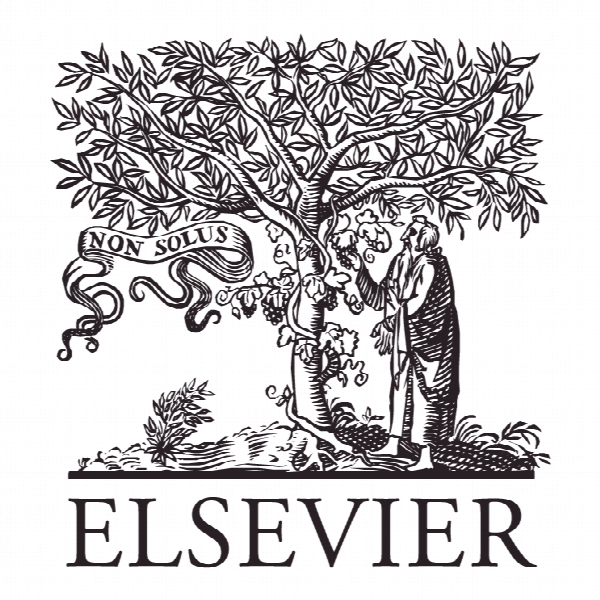چرخه تبدیل نقدی و عملکرد شرکت: شواهد جهانی Cash conversion cycle and corporate performance: Global evidence
- نوع فایل : کتاب
- زبان : انگلیسی
- ناشر : Elsevier
- چاپ و سال / کشور: 2018
توضیحات
رشته های مرتبط مدیریت
گرایش های مرتبط مدیریت مالی
مجله بررسی بین المللی اقتصاد و امور مالی – International Review of Economics & Finance
دانشگاه Department of Banking and Finance – National Chi Nan University – Taiwan
منتشر شده در نشریه الزویر
کلمات کلیدی بازار جهانی، چرخه تبدیل نقدی، مدیریت نقدشوندگی، عملکرد شرکت
گرایش های مرتبط مدیریت مالی
مجله بررسی بین المللی اقتصاد و امور مالی – International Review of Economics & Finance
دانشگاه Department of Banking and Finance – National Chi Nan University – Taiwan
منتشر شده در نشریه الزویر
کلمات کلیدی بازار جهانی، چرخه تبدیل نقدی، مدیریت نقدشوندگی، عملکرد شرکت
Description
1. Introduction Finance theory discussion is generally related to one of the following categories: capital budgeting, capital structure, dividend policy, or working capital management. Although working capital management is vital because of its impact on a firm’s profitability and risk, and consequently its value (Smith, 1980), it has received less attention than the other aforementioned categories. Jose, Lancaster, and Stevens (1996) indicate that the day-to-day management of a firm’s short-term assets and liabilities plays a crucial role in its success. Therefore, although working capital management is short-term financial management, it often becomes a genuine source of profit. Kroes and Manikas (2014) suggest that cash flow management is a critical element of a firm’s operational strategies. Working capital investment involves a trade-off between profitability and risk, and the balance between both factors is essential. Firms may have an optimal level of working capital that maximizes their value (Deloof, 2003; Howorth and Westhead, 2003). Decisions that can increase profitability can also increase risk; conversely, decisions that focus on risk reduction may reduce potential profitability (Filbeck and Krueger, 2005; García-Teruel and Martínez-Solano, 2007). Related literature suggests that an aggressive working capital management policy can enhance a firm’s performance. If the accounts receivable collection period is too long, the firm may face the risk of liquidity and payment recovery. Similarly, the firm may lose its inventory-carrying cost if the inventory conversion period is excessively increased. Increasing the payable deferral period may result in reduced payment stress. In addition, maintaining a high level of working capital leads to an opportunity cost if the firm relinquishes more profitable investments. Therefore, several studies have indicated that a reduced cash conversion cycle (CCC) can improve operating performance. For example, Hager (1976), Kamath (1989), Jose et al.


